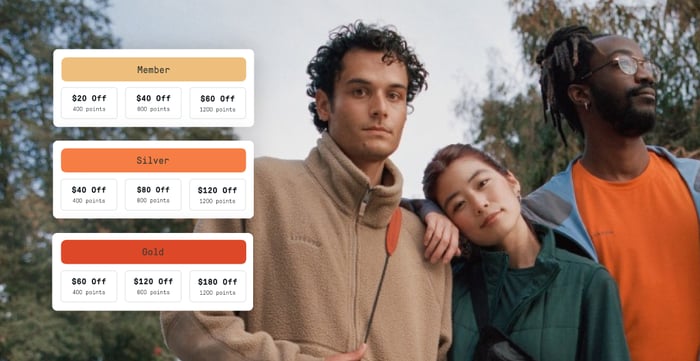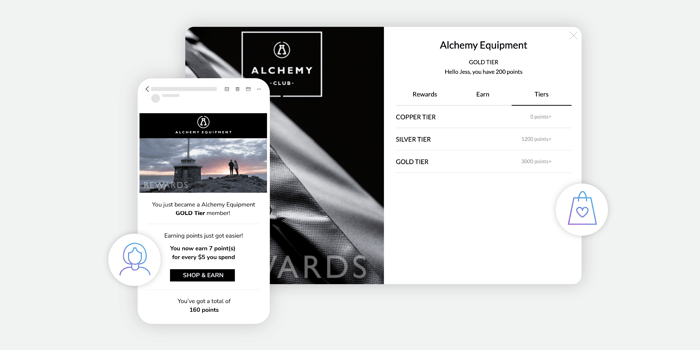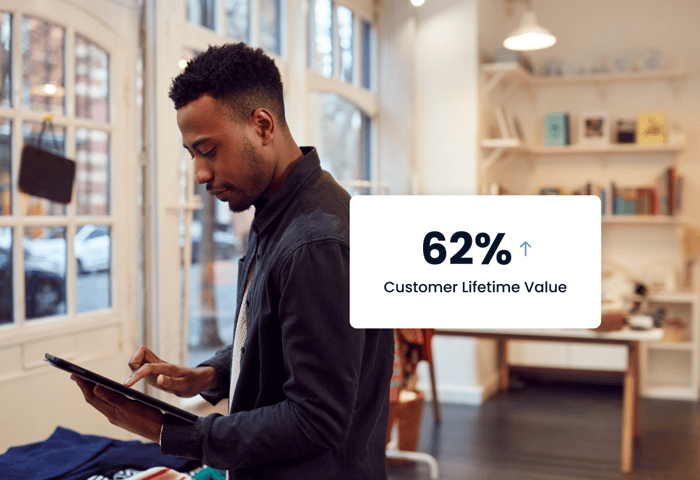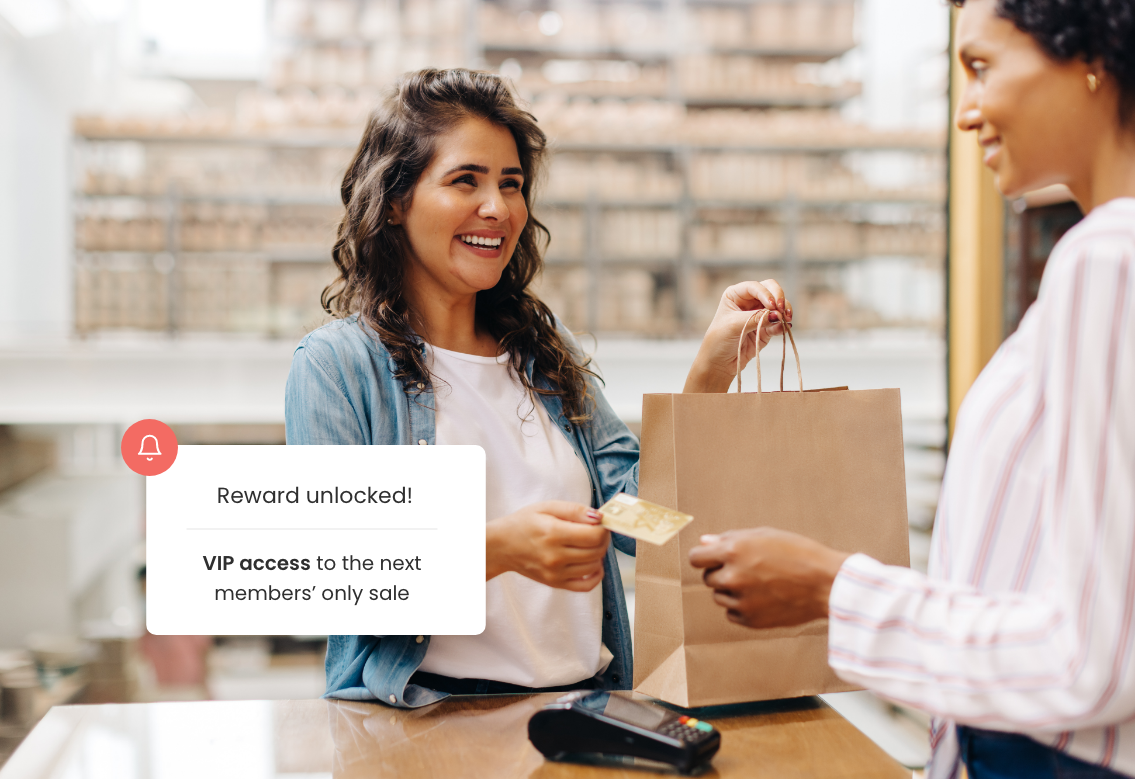
From Feedback to Rewards: How to Build a Loyalty Program that Resonates with Your Audience
Written by Francesca Nicasio | ReadFact: Loyal customers are some of your most reliable income sources during uncertain times.
We can see this in action in some of the top brands in the market.
Starbucks, for example, was one of the companies that quickly recovered after the Great Recession. Despite the economic downturn, Starbucks continued to invest in its loyalty program, enhancing its value proposition by offering free refills, free Wi-Fi, and special offers.
Or consider Sephora, which launched its rewards program, Beauty Insider, in 2007, and has since expanded and diversified the program to include personalized offers, exclusive events, and early access to new products. Today, the majority of Sephora’s sales come from Beauty Insider members.
All this to say that rewards and loyalty programs can unlock lasting customer retention and revenue.
But there’s a catch: you’ll only achieve these benefits if your loyalty program stands out in an increasingly competitive landscape.
In today’s crowded market, consumers are bombarded with them left and right. That’s why we’re big believers in customization—tailoring your program to meet your target audience’s preferences and needs.
In this article, you’ll learn how to build a loyalty program that puts your audience first. We also discuss strategies for creating a rewarding customer experience that secures repeat business.
Importance of customer insights in developing notable loyalty programs
Guesswork often influences strategies when developing loyalty programs. So before proceeding to launching or overhauling your loyalty program, make it a point to challenge your views.
Start with a hypothesis. Let’s say you assume your customers are motivated by discounts. Consider the variables that made you think this way. Is it based on sales performance?
Next, look at your data and analyze your sales trends. What impact do discounts really have on your sales?
Maybe you discover that discounts do work, but not as much as they used to. Poring over customer insights may show you that many of your customers favor tangible freebies, such as complimentary samples.
In this instance, you may need to discard your original hypothesis. Markets adapt, and customer preferences shift. Use your assumptions as a framework, but refer to actual insights as you tailor your loyalty program accordingly.
Loyalty expert Rory Moss talks about getting data & survey results to customize your loyalty program and appeal to higher value customers.
Benefits of insight-driven customer loyalty programs
Learning to fine-tune your customer loyalty programs directly translates to concrete benefits for your business. These include.
- Higher customer engagement. By basing loyalty programs on real insights, you can design initiatives that resonate with your customer base. They’ll feel a deeper connection with the tailored rewards and incentives. The more relevant you are, the better your customer relationships will be.
- Better resource allocation. Insight-driven loyalty programs help your marketing team manage resources. You’ll avoid spending on generic incentives that may not align with customer expectations. Instead, you can direct the resources toward more enticing initiatives, maximizing the loyalty program’s long-term impact.
Customer insights ensure program success with strategic implementation. Here’s how to leverage this data to build customer loyalty programs that stand out and connect with your target demographic.
6 steps to develop a successful customer loyalty program
From getting customers on board to measuring performance, launching and managing loyalty programs take work. Follow these 6 steps below to start and gradually increase signups and engagement levels.
1. Conduct customer interviews
Shoppers stay loyal to brands that understand them. To get to know your customer base, conduct direct surveys and interviews. Talk to a sample of 10 to 20 customers in person or on the phone, varying between regulars and one time/new customers.
Regulars are the most engaged audience with repeat purchases. Use the interview to identify what they want from a loyalty program.
One-time/new customers are not as engaged–at least not yet. Take the interview as an opportunity to learn their preferred incentives, offers, or experiences to keep them coming back
Keep the questions consistent across both groups to get a well-rounded perspective. Here’s a set of potential questions you can ask these individuals.
- How often do you purchase from our store?
- On a scale of 1 to 10, how likely are you to participate in our loyalty program?
- What types of rewards or perks would motivate you to join the program? (e.g., discounts, freebies, cashback promos, special offers, exclusive event access, early access to sales)
- How important is it for you to feel valued and rewarded for your loyalty to us?
- Do you prefer tiered membership systems or points-based loyalty programs? (i.e., point-based voucher amount vs. bronze, silver, and gold tiers with more valuable rewards as you progress)
- How likely will you recommend us to others if we offer reward/referral programs?
- Are there any specific products or categories you’d like to see in the loyalty program rewards?
- What communication channels do you prefer to receive loyalty program updates and offers? (e.g., email, SMS, social media, in-store notifications)
- How do you typically redeem loyalty rewards or benefits? (e.g., online, in-store, mobile app)
- Would you be more likely to participate if the program offered early access to new product releases or exclusive benefits?
- Do you have any concerns or reservations about joining a loyalty membership program?
- How likely will you continue shopping at our store with vs. without a loyalty program?
- What additional features or benefits do you want to see in our loyalty program?
Regular and one-time shoppers have distinct preferences, motivations, and expectations. Engage with both ends of the spectrum to know what drives each group from a 360-degree standpoint.
Pro-tip: Gather contact details, such as email addresses and phone numbers, should you require a follow-up.
2. Collate survey and feedback responses
You can also use surveys to get more quantitative data on your customers. The goal here is to organize and analyze customer feedback to identify recurring patterns.
You can do it in a formal, informal, or a hybrid approach.
Formal surveys are recommended for large-scale operations. Here are the approaches to implementing this method for a more thorough understanding of survey responses.
- Use advanced software to categorize feedback systematically. For instance, you can implement customer feedback management platforms that tag and sort responses based on common themes.
- Statistical analysis. If you have the resources, consider applying statistical methods to identify patterns quantitatively. It involves frequency calculation of particular keywords or sentiments expressed by customers.
Informal surveys are best for small businesses with limited resources. They’re more qualitative in nature and require first-hand assessment to understand your customers.
- Manual review. Evaluate customer comments, emails, or survey responses. The goal is to absorb the qualitative aspects that may be overlooked in strictly quantitative analysis.
- Key learnings. As you review feedback, jot down a few bullet points that summarize key learnings. These could be recurring themes, noteworthy suggestions, or significant areas of concern raised by customers.
You can also combine formal and informal approaches (hybrid) to maximize both methods’ strengths. Doing so balances qualitative findings with objective insights in a more accessible yet scalable manner.
3. Review and act on the data
Knowing what appeals to new and existing customers helps ensure your loyalty program aligns with your overall brand identity. It helps craft your Unique Value Proposition (UVP), which you can use to reinforce your brand message and create a cohesive experience across all touchpoints.
Review the preferences and needs you’ve discovered from feedback responses. Then be sure to offer customers enticing rewards to meet those needs.
Take Amazon Prime’s paid loyalty program, for example. Industry data shows that 71.8% of its loyalty program members find the $99 annual pricing worth it for all the shipping, shopping, streaming, and reading perks.
How does Amazon know this? Simple. The company actively creates, distributes, and collects online survey responses.
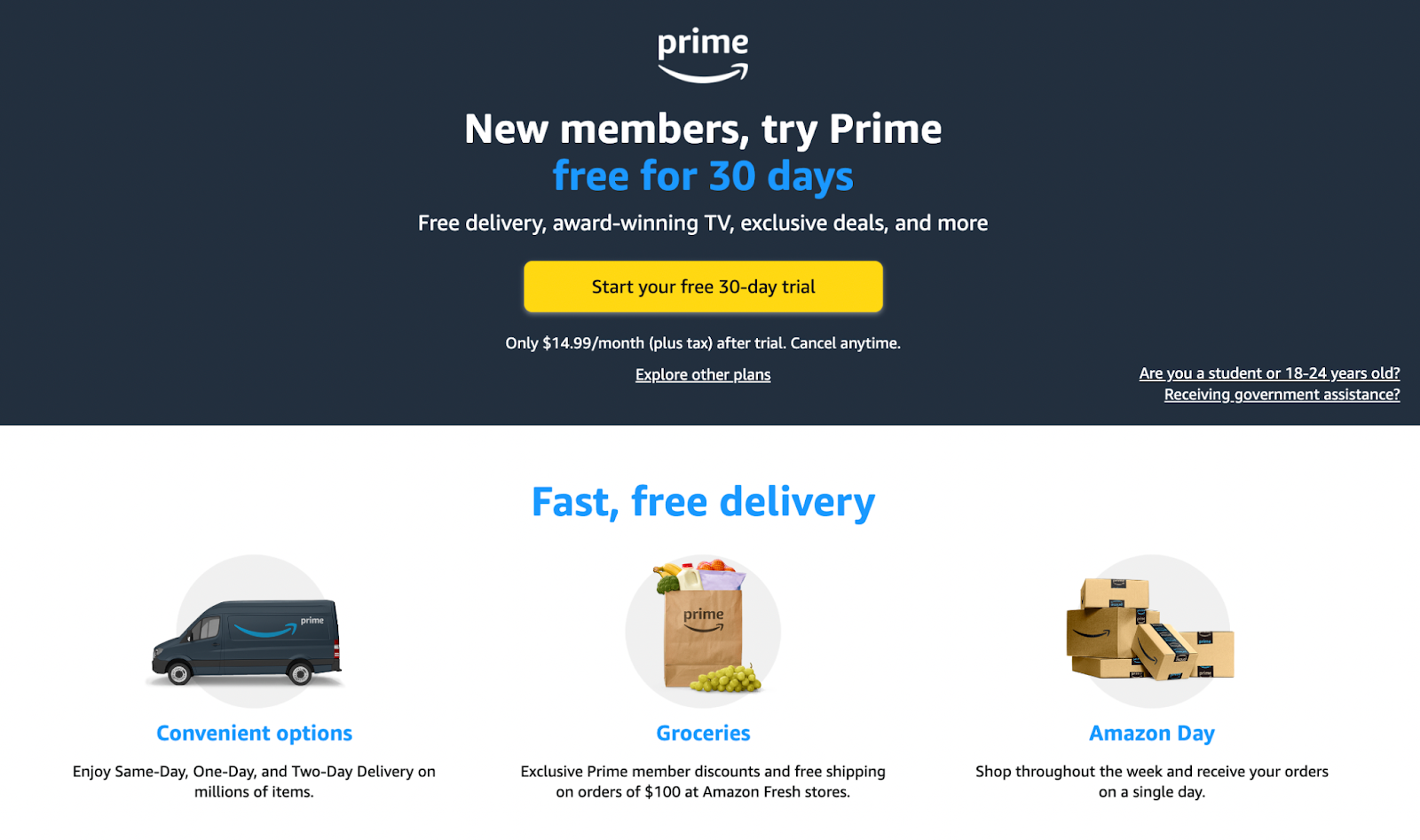
Not many businesses have the same resources as Amazon. But it doesn’t mean you don’t have enough data to analyze in your hands.
Sports retailer TennisGear actively observes their database to understand customer behavior. They grow and keep it accurate through complete visibility across their sales channels and prompts that reminds staff to update or add customer information.
Maintaining a continuous feedback loop with your customers is key to creating a loyalty program that resonates. Send out regular surveys or perform ongoing database analysis to stay current with changing preferences and market trends.
Additional tip: Look at review sites and Google Reviews to draw information about what customers might appreciate seeing more in your programs.
4. Design and optimize the program based on feedback
Now that you know your rewards and incentives, optimize your program’s structure and mechanics to incentivize customers to spend more.
Choose between non-tiered and tiered programs. Non-tiered appeals to a broad audience, whereas a tiered point system suits a diverse customer base with varying spending levels.
Balance the program’s exclusivity and inclusivity if you opt for the latter. Introduce exclusive high-value perks for top-tier loyalty cardholders (e.g., premium rewards, VIP events) and accessible rewards for those in lower tiers (e.g., birthday discounts).
Lastly, decide if your customers prefer simple or gamified types of loyalty programs. Gamification adds interactive elements but often requires more resources in terms of design, development, and ongoing management.
In Sephora’s Beauty Insider Challenges, for instance, members must first complete a series of tasks to earn rewards. Some tasks don’t involve a purchase but require active engagement. The first challenges include checking out online, picking up orders in-store, signing up for text alerts, and trying Sephora’s in-store shade-matching tool.
If you’re still testing the waters, a straightforward loyalty program can be equally lucrative.
Melbourne-based fashion label ALPHA60 exemplifies this with a simple earn-and-redeem model: spend a thousand dollars, earn a thousand points, and receive a $50 voucher.
ALPHA60’s Brand Strategist, Kelvin, explained that ALPHA60 customers prefer simplicity. Just by understanding this tendency led to the brand enjoying a high repeat purchase rate.
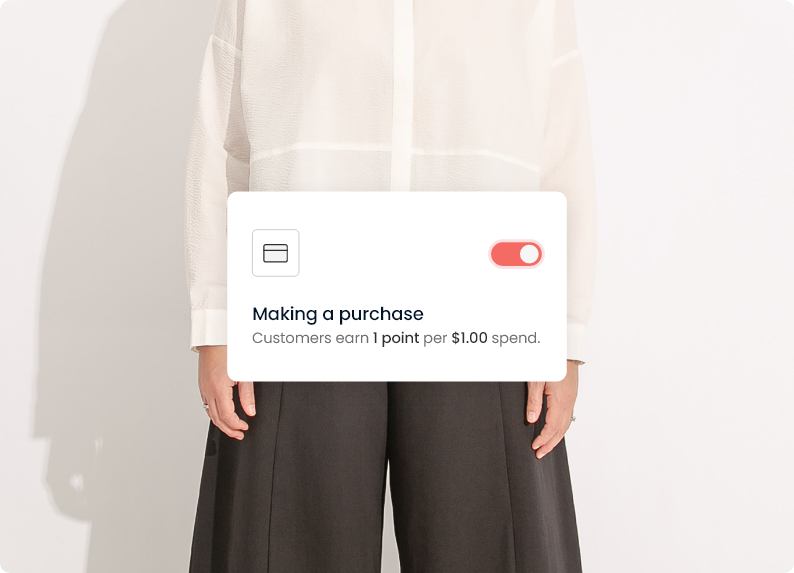
Find what works best for your audience, and consistently seek feedback for future adjustments if needed.
5. Make communication personalized wherever possible
Before you roll out the loyalty program, establish customer-centric communication channels. Identify where they prefer to receive updates and redeem rewards. Do they prefer traditional in-store redemption like punch cards or through handy technology like an app or a digital card?
If customers raise concerns or suggestions, acknowledge and address these in your response. Show that you value their input and actively strive to improve their experience.
A one-size-fits-all approach in communication may alienate customers who seek tailored interactions. Don’t lose your regulars to more attentive competitors. Pay attention to customer behavior when launching or announcing loyalty program updates.
6. Choose technology to run the loyalty program
Invest in user-friendly technology to simplify the implementation process. It’ll help your staff to adjust fast, minimizing the learning curve and likelihood of errors.
Loyalty program software like Marsello features seamless integration with ecommerce and POS systems (e.g., Shopify, WooCommerce, Bigcommerce, and Lightspeed) to leverage data analytics.
Syncing in-store and online transactions generates insights to help you deliver consistent loyalty experiences. It’s a hands-off process you can leverage to offer custom-tailored promotions, point earning, and reward redemption across all platforms.
With the right tools, tracking your loyalty program’s performance becomes easy. Take note of the key metrics and indicators to measure in the next section.
How to Measure Your Program’s Success
Define key performance indicators (KPIs) that align with your goals to gauge initial success. Some KPIs to consider are customer retention, referral rates, average order values (including credit card transactions), and customer lifetime value. These metrics measure the program’s overall contribution to your revenue stream.
Tracking KPIs is more efficient with Marsello’s dashboards and automated reporting. These tools feature real-time updates with charts, graphs, and other visual elements to interpret complex data patterns. You can also set up predefined schedules to receive detailed reports.
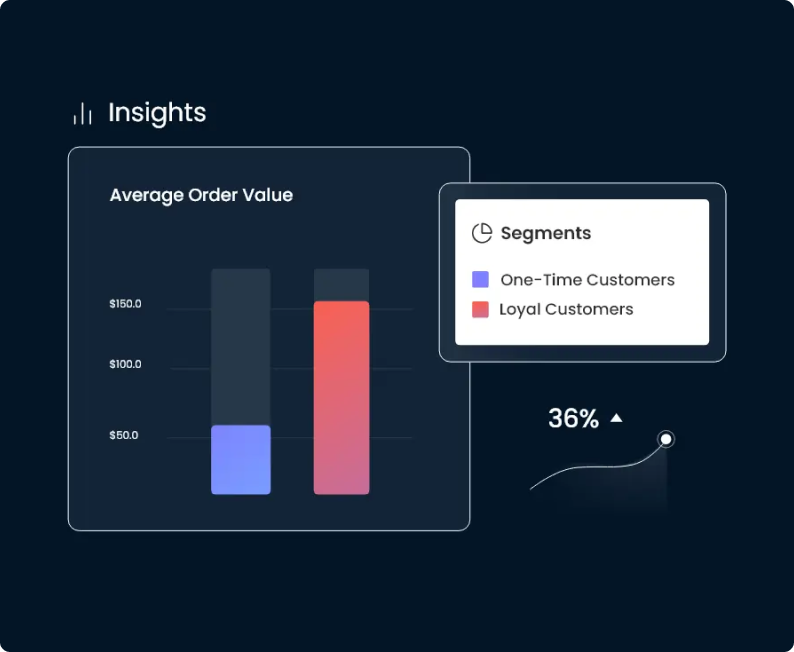
Invest in technology to keep your efforts on track. Let your staff focus on refining your marketing strategy rather than spending significant hours on data gathering and reporting.
FAQs
How can small businesses with limited resources effectively compete with larger companies in offering attractive loyalty programs?
Small businesses can level the playing field with larger companies by focusing on personalized experiences and leveraging community ties. Even with smaller budgets, they can create loyalty programs that resonate deeply with their local customer base by offering unique, personalized rewards and experiences that big chains cannot. Using social media and local events for promotion can also enhance visibility and engagement without significant investment.
What are the common pitfalls or challenges businesses face when implementing loyalty programs, and how can they be overcome?
Common pitfalls in implementing loyalty programs include failing to understand customer needs, overcomplicating the rewards system, and lack of promotion. Businesses can overcome these challenges by conducting thorough market research, simplifying participation processes, and using multiple channels to inform customers about the program. Continuously gathering feedback and adjusting the program based on customer preferences ensures it remains relevant and appealing.
How do businesses ensure the long-term sustainability of their loyalty programs?
Ensuring the long-term sustainability of loyalty programs requires continuous adaptation and engagement strategies. Businesses should regularly review and update their loyalty programs to keep them fresh and aligned with evolving customer expectations. Incorporating customer feedback, analyzing participation data, and staying informed about industry trends can help businesses adjust their offerings. Creating a community around the brand and offering exclusive, time-sensitive rewards can also maintain interest and participation over time.
Streamlining Loyalty Programs with Marsello
The best customer loyalty program prioritizes the customer experience. So, rather than rushing to launch your rewards or loyalty program, take time to solicit shopper insights, analyze data, design a responsive program, personalize communication, and use technology wisely.
Loyalty programs shouldn’t remain static. Keep ongoing customer engagement by regularly evaluating and updating your program.
If you’re ready to reward customers on their next purchase, start with Marsello’s free trial. Build your loyalty program today while synchronizing your omnichannel strategy.
Join a community of 5,000+ retailers building sales with Marsello's customer loyalty software
Read more: 7 Steps To Building A Profitable Loyalty & Rewards Program




